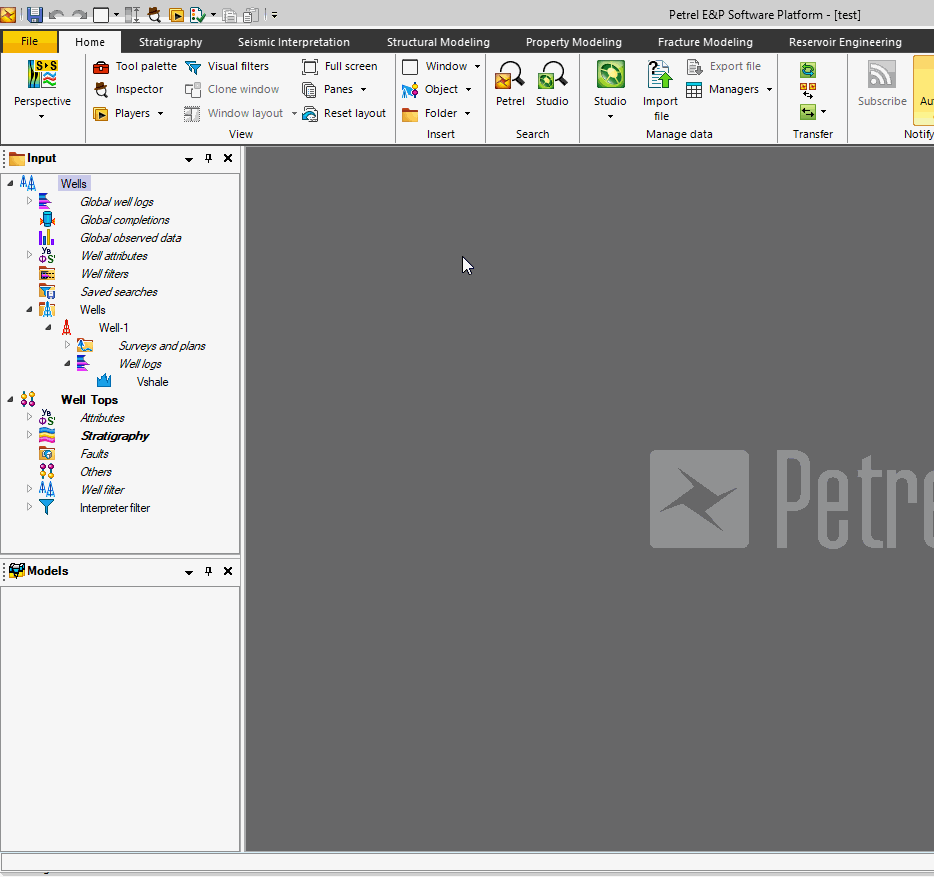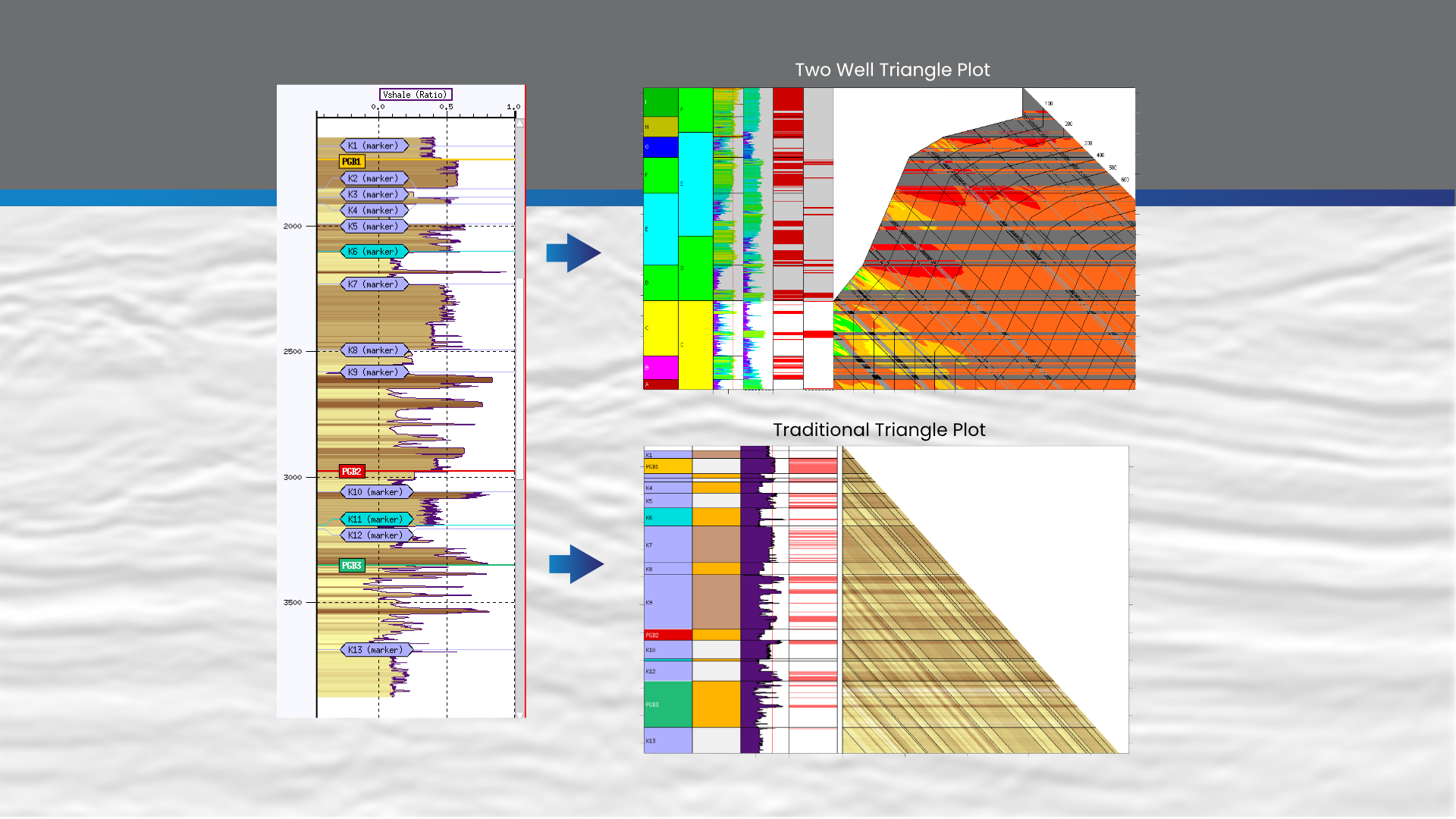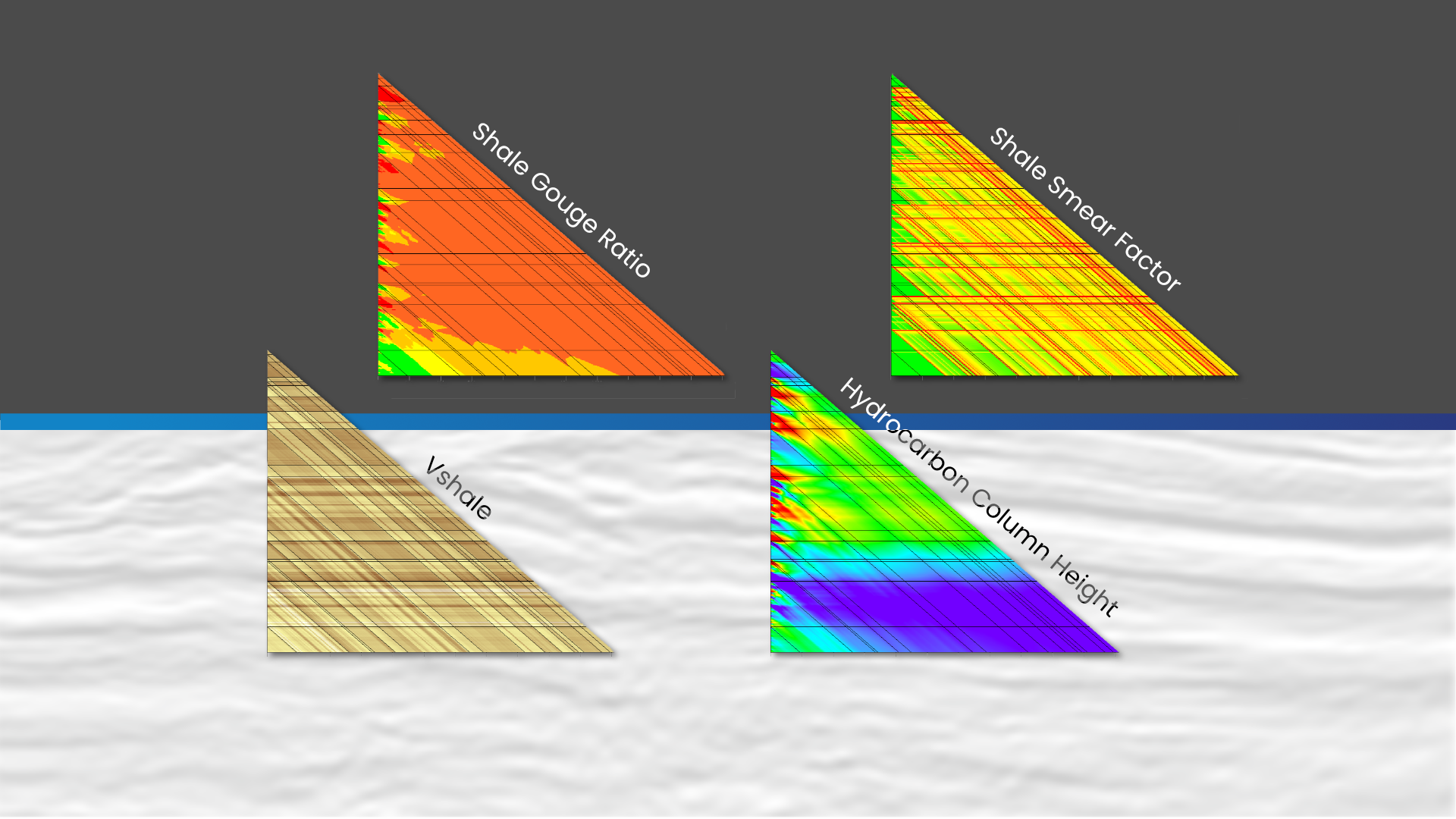Precision Software & Services for the Energy Industry
Fault Seal Triangle for Petrel®
Fault Seal Triangle allows you to conduct simple, fast and efficient fault seal analysis using any well within your Petrel® project.
Test the seal capacity of a bounding fault within a given throw range by assessing if:
a)
there
are
effective juxtaposition seals present and
b) whether viable hydrocarbon columns can be
supported
where the reservoir is not juxtaposed against an impermeable layer.
Please enter your name & email address to request the download link for Fault Seal Triangle:
Key Features:

Integrated within
Petrel®
Fault Seal Triangle is fully integrated into the
Petrel® system allowing it to have full access to all well data held within you
project. This means that the full power of T7's Triangle analysis is available within a few
clicks, without the need to transfer data between different software packages.
Fast & Efficient An intuitive design coupled with an optimised calculation engine means models can be set-up and run quickly.
Easy To Use Designed for all geoscientists who require a fast assessment of the sealing capacity of a fault without the requirement for building a 3D model.

Fault Seal Analysis
Use well curve data
(e.g. Vshale) to
calculate the sealing capacity of a fault as a function of throw by calculating Shale Gouge
Ratio (the industry standard algorithm, originated by Badleys) and converting to maximum
trappable hydrocarbon column heights.
Corrections for Fluid Densities and Burial
History
Correct trappable column heights for variations in expected hydrocarbon densities and geohistory
(e.g. post-faulting uplift or burial).
Unique Functionality Fault Seal Triangle introduces for the first time a geometrically-correct assessment of fault seal in growth sequences.

Fault Seal Triangle calculates many of the same fault seal attributes as T7, including:
- Shale-Gouge Ratio (Discrete / Continuous Modes)
- Clay Smear Potential (Shell / Yielding Methods)
- Shale Smear Factor
- Threshold Capillary Pressure (Bretan, Sperrevik / Yielding)
- Maximum Supportable Hydrocarbon Column Heights (Bretan, Sperrevik / Yielding)
- Fault Zone Permeability (Manzocchi / Sperrevik)
- Transmissibility Multipliers (Manzocchi / Sperrevik)
- CO2 Related Parameters